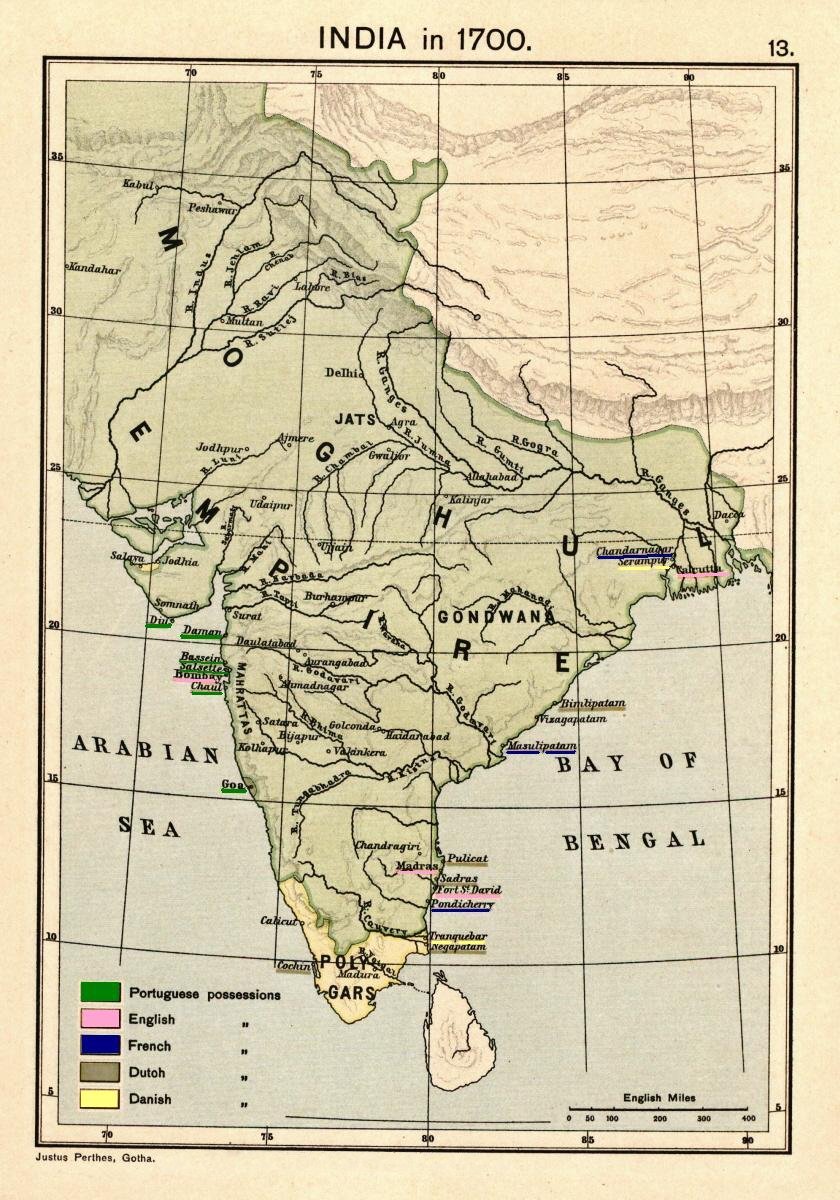4. Critically examine central administrative structure of the Mughals.
Central administrative structure of the Mughals
The Mughal Empire, which spanned from the 16th to the 19th century in the Indian subcontinent, was renowned for its centralized administrative structure. This blog post aims to critically examine the key aspects of the central administrative structure of the Mughals, highlighting its complexities and various facets.
The Mughal Empire was characterized by a hierarchical administrative system that efficiently managed the vast territories under its control. At the top of this structure was the emperor, who held absolute power and was considered the ultimate authority. The emperor's decisions were aided and implemented by a range of officials and administrative bodies.
One of the key institutions in the Mughal administrative structure was the Diwan-i-Arz, which dealt with military affairs. It was responsible for maintaining an efficient army and managing military campaigns. Another important institution was the Diwan-i-Wazarat, which handled financial matters, including taxation, revenue collection, and budgeting.
The Mughal Empire also had a complex bureaucracy that consisted of numerous administrative officers. These officers were appointed based on their expertise and loyalty to the emperor. They held various titles such as Mansabdars, who were military commanders with ranks indicating their military capacity and administrative responsibilities.
Furthermore, the empire was divided into provinces known as Subahs, each governed by a Subahdar who acted as both a military and civil administrator. They were responsible for maintaining law and order, collecting taxes, and overseeing the overall administration of their respective provinces.
To ensure efficient governance, the Mughals implemented a system called Mansabdari, which involved assigning ranks and granting land revenue assignments to nobles and officers. This system aimed to maintain a balance of power and ensure loyalty among the nobility.
In addition to the administrative structure, the Mughals were known for their elaborate court rituals and ceremonies. The emperor's court served as a center of power and authority, attracting scholars, poets, artists, and intellectuals.
Overall, the central administrative structure of the Mughals was a complex system that enabled efficient governance of the empire. Its hierarchical organization, bureaucratic institutions, and division of responsibilities contributed to the stability and longevity of the Mughal Empire.

Frequently Asked Questions
Q: How did the Mughals maintain control over such a vast empire?
A: The Mughals maintained control through a combination of an efficient administrative structure, strategic military campaigns, and alliances with local rulers. They also employed policies of religious tolerance to win the support of diverse communities within the empire.
Q: Did the Mughal administrative system have any flaws?
A: While the Mughal administrative system was effective in many ways, it did have some flaws. One notable flaw was the lack of a clear mechanism for succession, which often led to power struggles and destabilization after the death of an emperor.
Q: How did the Mughals ensure loyalty among their nobles?
A: The Mughals employed a system called Mansabdari, which assigned ranks and granted land revenue assignments to nobles and officers. This system ensured the loyalty of the nobility by tying their wealth and status to their service to the emperor.
Q: What was the role of the emperor in the administrative structure?
A: The emperor held absolute power and was the ultimate authority in the administrative structure. The emperor made key decisions, appointed officials, and oversaw the functioning of various administrative bodies. Their role was crucial in maintaining stability and enforcing policies throughout the empire.
In conclusion, the central administrative structure of the Mughals played a vital role in governing their vast empire. Its hierarchical organization, bureaucratic institutions, and division of responsibilities ensured efficient governance and contributed to the stability and longevity of the Mughal Empire.

